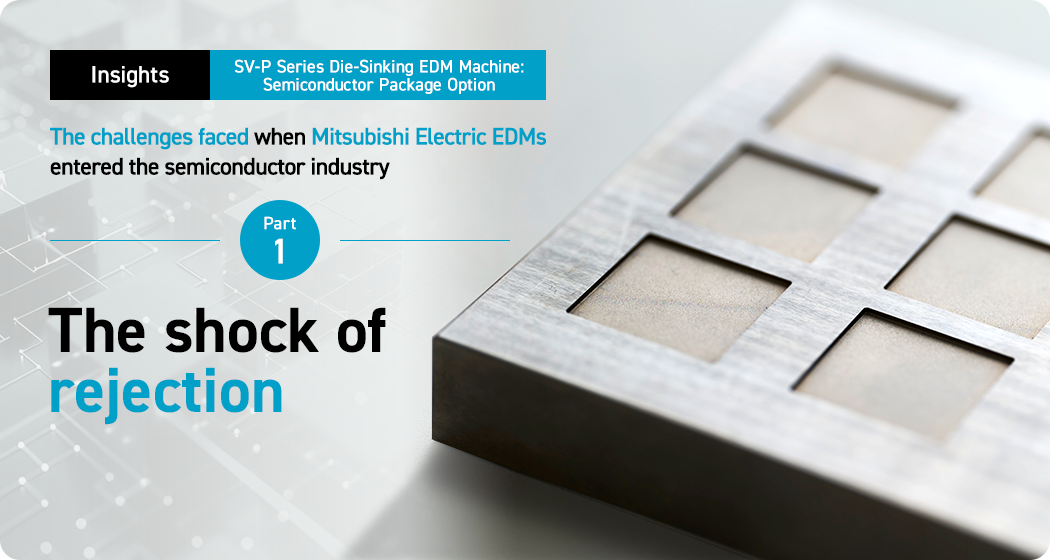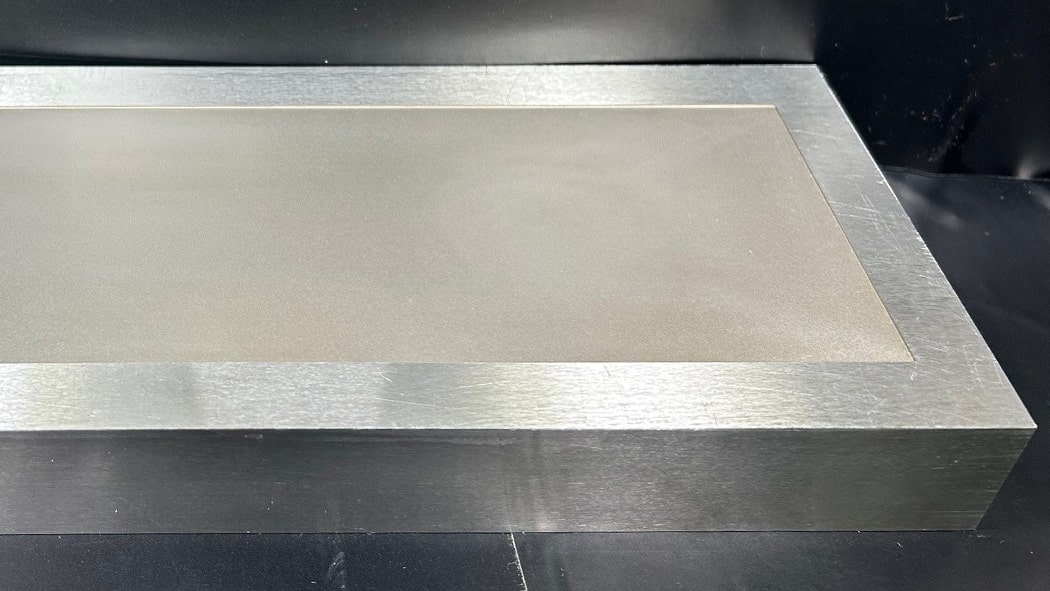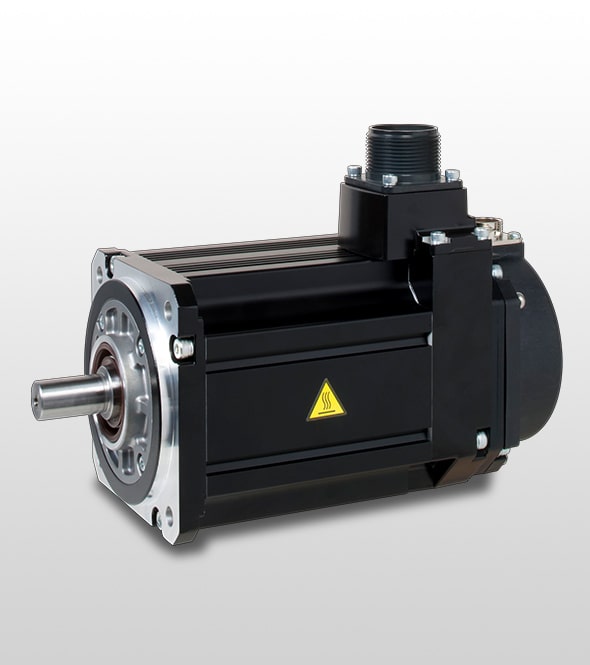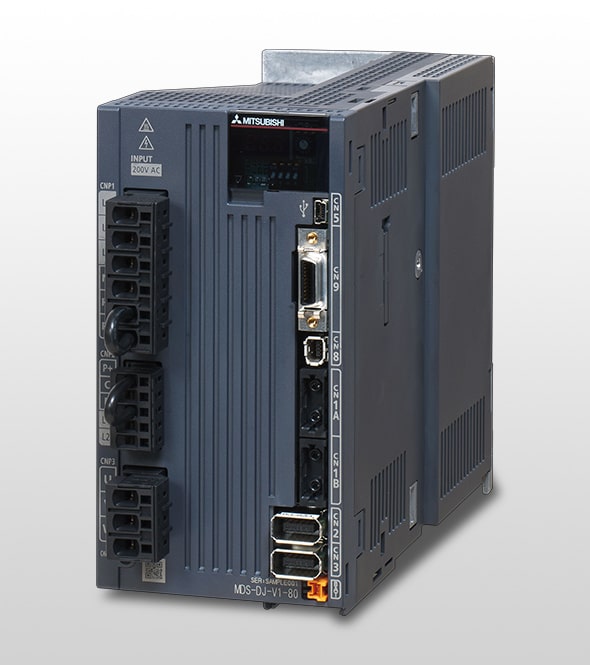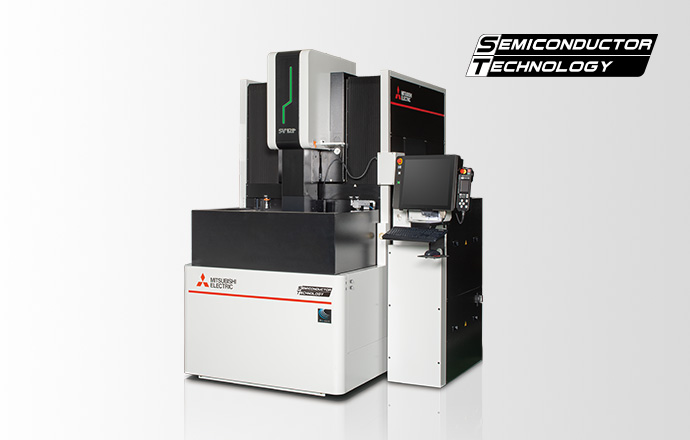When he got back to the Nagoya Works (now Industrial Mechatronics Systems Works), Sasaki went straight to Hiroki Hikosaka and asked him to work on the power supply for the EDM machine. The key to creating a matte surface lay in controlling the arc from the electrode, and Hikosaka had a proven track record in developing EDM power supplies.
Hikosaka and Sasaki had previously worked together for a user in China who needed to produce a particular processing surface using a die-sinking EDM machine. The electronic components made using the mold needed to have a uniform matte finish, and Hikosaka developed a new power supply to meet this requirement. Delivering that project, their partnership succeeded in producing the molds that the customer needed. By teaming up once more, it was hoped Hikosaka and Sasaki could develop a die-sinking EDM machine that could produce the semiconductor encapsulation molds with the required matte surface.
As a test, they tried using the power source that Hikosaka had developed in China to produce the semiconductor encapsulation mold. However, while it significantly improved the processing performance, they could not reproduce the surface finish required by the customer. They found that when processing a fine surface roughness or large areas, the surface processed by the EDM became shiny and consequently did not pass the appearance evaluation.
The test mold was rejected because it did not meet the customer’s surface roughness requirements
Hikosaka continued to improve the power supply, but although the results were getting closer to the surface finish that the customer needed, the next challenge was processing time. To achieve the manufacture of low-cost semiconductor components, they need to be mass produced with high efficiency. However, the customer believed that the improved power supply initially provided would not meet this requirement.
Hikosaka speculated that the reason for the low efficiency was related to the axis controlling the position of the electrode. In an EDM, the distance between the electrode and the workpiece must be precisely controlled, down to the micron level, to produce an electrical arc. But in this case the arc could not be properly coordinated with the movement of the axis, so the arc did not perform as expected. Both experts believed this was the reason for the slow processing time.
Hikosaka and Sasaki realized:
“This can’t be solved with the power supply alone. We need to get a servo engineer involved.”
So, in June 2020, they went to Takayuki Nakagawa, a numerical control (NC) engineer involved in servo development, to ask for help.


